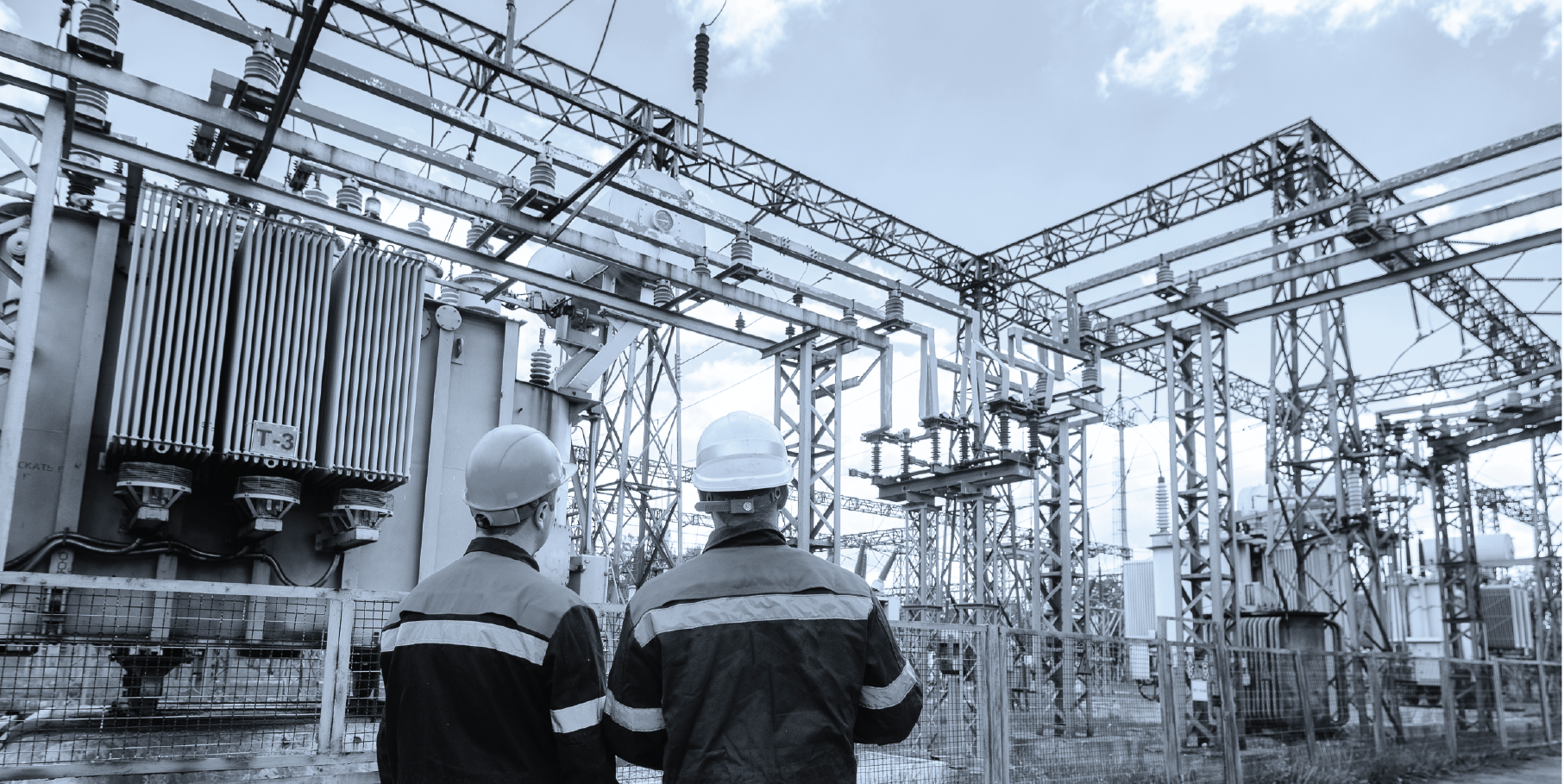Safety gap analyses are systematic assessments used to identify discrepancies between existing safety measures and desired safety standards. When applied to utility sites, these analyses can significantly contribute to reducing incident rates by addressing and mitigating safety gaps. Here's how safety gap analyses work in this context:
- Identifying Current Safety Practices:
- The first step involves a thorough examination of the current safety practices and procedures at utility sites. This includes evaluating safety protocols, employee training, equipment maintenance, and emergency response plans.
- Benchmarking Against Industry Standards:
- Safety professionals often use industry standards, regulations, and best practices as benchmarks. By comparing existing safety measures to these standards, any gaps or deviations can be identified.
- Risk Assessment:
- Conducting a risk assessment is a crucial part of the safety gap analysis. It involves identifying potential hazards and assessing the level of risk associated with each. This helps prioritize areas where safety improvements are most urgently needed.
- Employee Involvement and Feedback:
- Involving employees in the safety gap analysis process is essential. Employees on the ground often have valuable insights into potential safety issues and can provide feedback on current safety practices.
- Documentation and Reporting:
- The findings of the safety gap analysis are documented and reported comprehensively. This documentation serves as a basis for developing strategies to address identified gaps.
- Developing Action Plans:
- Based on the analysis, action plans are developed to systematically close the safety gaps. These plans outline specific steps, timelines, and responsibilities for implementing safety improvements.
- Training and Awareness Programs:
- Addressing safety gaps often involves additional training and awareness programs for employees. This ensures that everyone is informed about new safety protocols and understands their role in maintaining a safe work environment.
- Equipment Upgrades and Maintenance:
- Safety gap analyses may reveal the need for upgrades to existing equipment or changes in maintenance procedures. This ensures that all tools and machinery meet the required safety standards.
- Continuous Monitoring and Evaluation:
- Safety is an ongoing process. Continuous monitoring and evaluation are crucial to ensuring that implemented changes are effective and that new safety gaps are promptly identified and addressed.
- Cultural Shift Towards Safety:
- Beyond specific measures, safety gap analyses can contribute to a cultural shift towards prioritizing safety. By fostering a safety-conscious environment, employees are more likely to follow best practices and contribute to incident reduction.
- Compliance with Regulations:
- Ensuring compliance with safety regulations is a key outcome of safety gap analyses. This not only reduces the risk of incidents but also helps avoid legal and regulatory penalties.
- Incident Analysis and Learning:
- If incidents do occur, conducting thorough incident investigations will lead to identifying root causes. Incorporating data from root cause analyses fosters true learning, which is essential for refining safety measures and preventing similar occurrences in the future.
By systematically identifying and addressing gaps in safety programs through these steps, employees will become more knowledgeable and engaged, leadership will have a better understanding of potential and actual risk, and utilities will have a clear plan to reduce injuries, and improve safety culture for employees and communities.
EnSafe has an over 20-year history of providing health and safety services to over 80 utility companies globally, with our comprehensive H&S services practice accounting for nearly one-quarter of our total revenue. We bring the expertise of more than 50 health and safety professionals, eight dual-certified (certified industrial hygienists and certified safety professionals), and eight additional professionals with singular safety professional or industrial hygiene certifications and successful experience in Health & Safety (OH&S) Management Systems for Utilities. We also have the extensive experience and knowledge base of Brooke Sinclair, who brings nearly 25 years of experience as our national utilities market sector leader.
Contact Brooke Sinclair today to assist you with your company’s safety gap analysis and help your safety team become self-sustainable.
